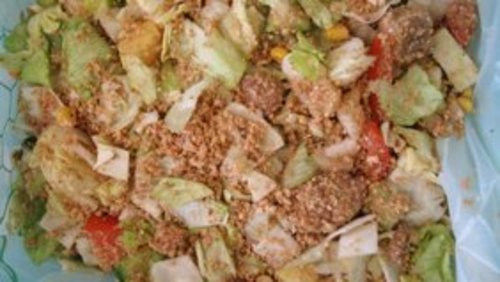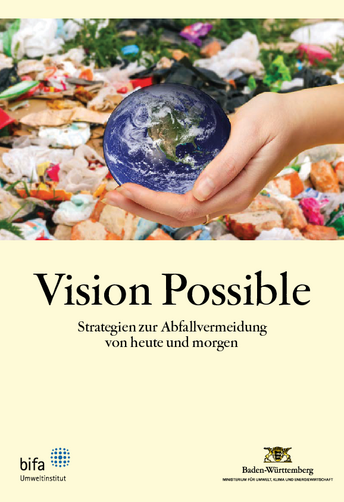From organic waste to biological goods

At the time bifa was founded, waste management was changing. Waste should no longer just be "disposed of" safely. The aim was to "promote the circular economy in order to conserve natural resources" (KrW-/ AbfG, 1994). The prerequisite was the separate collection of different fractions of municipal waste that had previously been disposed of together as household waste.
Environmental hygiene issues
The conversion phase was marked by intensive discussions among the public and expert committees about hygienic risks in waste collection, composting and the use of compost. The focus was primarily on hygienic reservations about the collection and treatment of "organic waste" in composting plants. In various joint research projects and studies, bifa has contributed to the development of the technical basis for low-risk biowaste recycling. Aspects of occupational health and safety, emissions of germs and toxins from treatment plants, and controls of the effectiveness of hygienisation processes were considered.
Biodegradability and recyclability of waste fractions
To this day, the expert discussion continues as to whether biowaste treatment plants are allowed to recycle products made of biodegradable materials and/or bioplastics in addition to natural biomasses and food residues, and whether they can do so. Initially, biowaste was almost exclusively composted. A pilot project accompanied by bifa showed that biowaste and organic commercial waste can also be used for the production of biogas with high process stability. In the following years, various biowastes and other waste fractions were tested for their biogas yields. The data are an important basis for plant planners and operators. A high quality of the composts and fermentation products ensures the circular economy for biomasses. Biotests were therefore used to test different biogenic residues for undesirable effects. The methods are also suitable for evaluating the inputs of novel products (such as nanomaterials).
Comprehensive life cycle assessment evaluations by bifa have confirmed that the proper separate collection and recycling of "biowaste" is an ecologically valuable component of the circular economy.
The environmental-hygienic, -toxicological and -biotechnological methodological knowledge gained from the complex issue of biowaste is used for many other environmental technology tasks. Novel - mostly molecular biological - methods offer the potential for future-oriented findings.


![[Translate to Englisch:] Placeholder](/fileadmin/_processed_/f/4/csm_Header_Presse_d565a61df7.jpg)